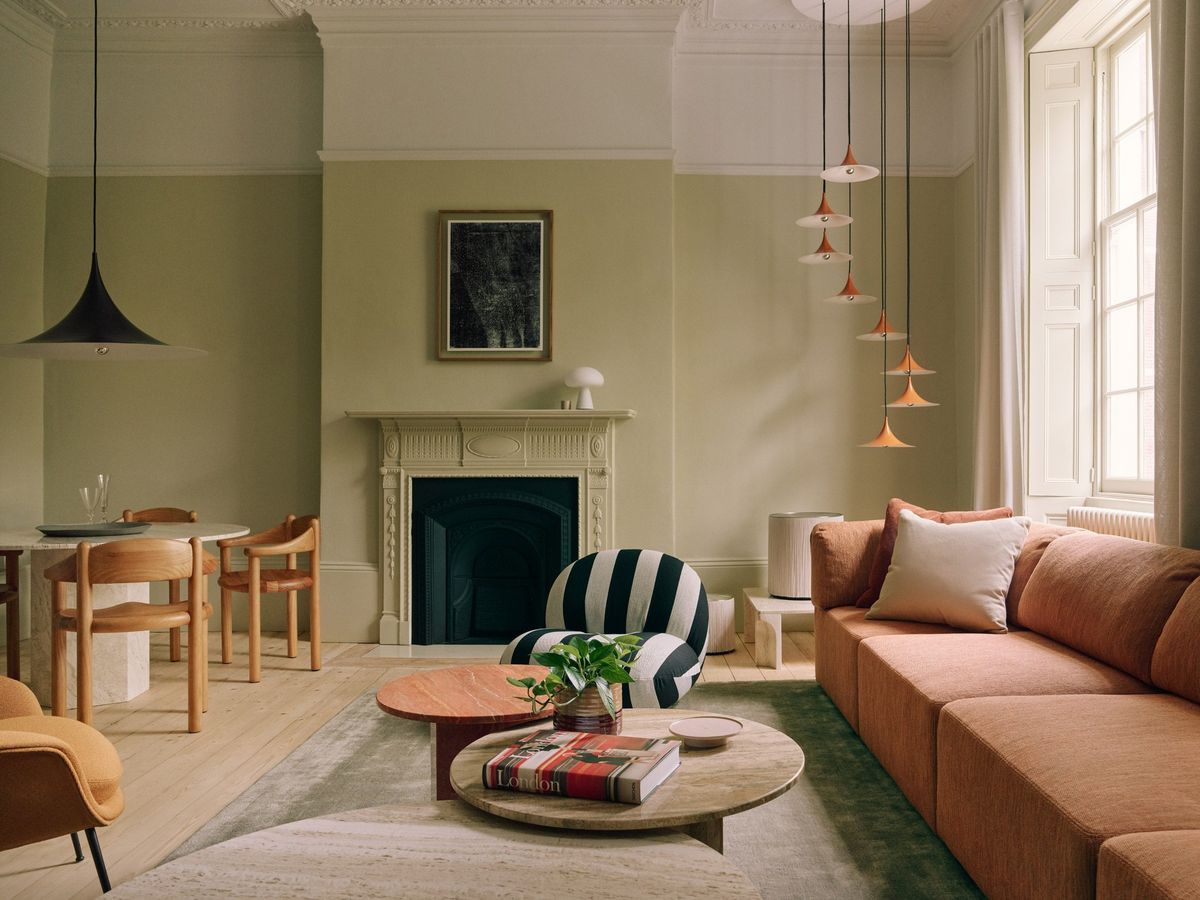Color is one of the fundamental elements in interior design. Beyond its aesthetic importance, the emotional factor also plays a significant role. Colors influence us, and being in a space where chromatic coherence is lacking or the color choices are inadequate can negatively affect our mood. Light tones enhance the feeling of spaciousness, while darker tones make a space feel cozier and more intimate. Therefore, the choice between one spectrum or another depends entirely on the space and the desired effect.
For this reason, as designers, we must understand color and its psychology in order to adapt chromatic choices to each type of environment. Warm and vibrant tones such as red, orange, and yellow evoke greater dynamism and energy, making them more suitable for social areas where interaction takes place. On the other hand, shades of blue and green convey a stronger sense of peace—unsurprising, since they are the colors of nature.
What Makes a Color Palette Work
There is no single “right” color palette, but some key principles can help create visual harmony and a cohesive look. Colors work best when they match the function of a space: soft, neutral tones are perfect for relaxing areas, while bolder combinations shine in creative or social spaces. Balance is essential—pair dominant colors with secondary shades to avoid one hue overpowering the room. Don’t forget lighting, both natural and artificial, as it can make a color appear warmer, cooler, or more intense. Finally, coordinating your color palette with furniture, finishes, and décor ensures a space that feels unified and pleasing to the eye.
Common Mistakes and Incorrect Palettes
While personal taste plays an important role, there are common mistakes that can compromise a space’s harmony and comfort. One of the most frequent is the excessive use of vibrant colors without a balancing element—for example, walls, furniture, and accessories all in bold shades competing for attention. Another common slip is ignoring the impact of lighting: a color that looks soft in a sample may become too intense in direct natural light, or too dull under inadequate artificial lighting.
It’s also common to mix too many different tones without a clear color logic, creating visual clutter and a sense of disorder. Similarly, using dark colors in small, poorly lit spaces can make them feel cramped and uncomfortable. These mistakes don’t mean that such colors are “forbidden,” but rather that they should be used thoughtfully and strategically, respecting the function and proportions of the space.
Practical Tips for Creating a Balanced Color Palette
Creating a balanced color palette requires attention to aesthetic, functional, and even emotional factors. Here are some guidelines to help achieve a harmonious result:
1. Define a Base Color
Start by choosing a dominant color that will serve as the backdrop. It should reflect the intended function and atmosphere of the space.
2. Apply the 60-30-10 Rule
-
60% dominant color (walls and large surfaces)
-
30% secondary color (furniture and curtains)
-
10% accent color (accessories, cushions, and decorative pieces)
3. Consider Lighting
Test your colors under both natural and artificial light before making a final decision. A shade can look drastically different depending on light intensity and temperature.
4. Use Neutrals as a Bridge
Colors like white, beige, gray, or taupe work as transitional elements and prevent the palette from feeling visually overloaded.
5. Limit the Number of Colors
Generally, three to five colors are enough to maintain coherence without losing visual interest.
6. Test Combinations with Digital Tools
Platforms like Adobe Color or Coolors allow you to simulate combinations before applying them to the real space.
7. Draw Inspiration from the Environment
Use existing elements—such as a rug, artwork, or finish—as a starting point to build your palette.
Choosing a color palette goes far beyond personal preferences: it’s an exercise in balancing aesthetics, functionality, and well-being. A well-chosen combination of colors can transform a space, making it more welcoming, stimulating, or relaxing, depending on its purpose. In contrast, a poorly planned palette can create visual discomfort, a sense of disorder, or even negatively affect the mood.
By understanding principles such as color harmony, the impact of lighting, and the proportion of color use, it’s possible to design spaces that not only please the eye but also evoke positive feelings and reflect the personality of those who inhabit them. In interior design, colors are not just a detail — they are one of the most powerful elements for bringing life and character to any space.
If you want to create spaces that truly reflect your personality and harness the full power of color, our studio can help. With expertise in decoration and color selection, we transform each room into an enjoyable, practical, and harmonious area. Explore our work in the portfolio section and find inspiration to create environments that are truly yours.









